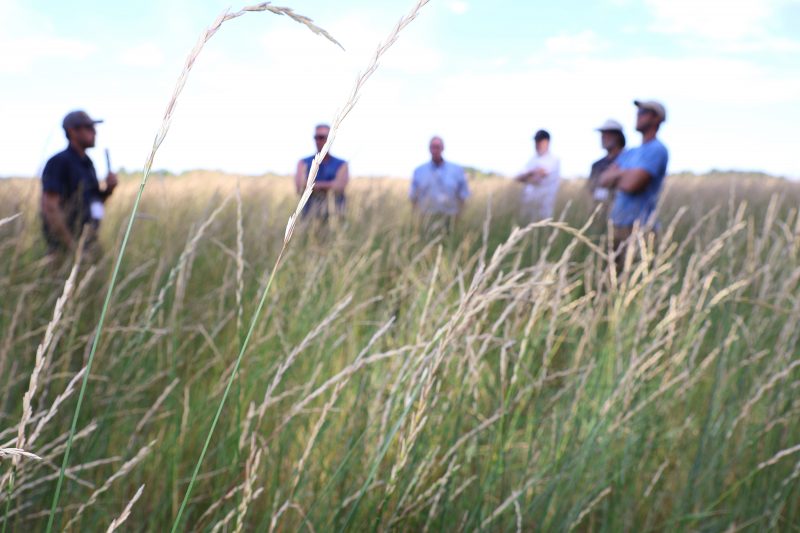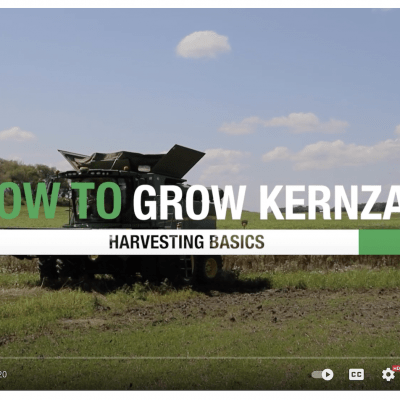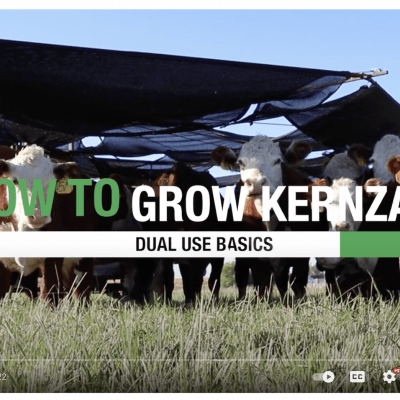 Kernza is a form of intermediate wheatgrass, a distant cousin of wheat that was introduced to this country over a century ago as a forage crop. Over the years, groups like the The Land Institute have been working with the University of Minnesota’s Forever Green Initiative to develop a line of Kernza that can produce both forage and grain in the Upper Midwest without being replanted year-after-year. Farmers in the region who have experimented with the crop are finding that thus far, they can grow it for roughly three years without replanting.
Kernza is a form of intermediate wheatgrass, a distant cousin of wheat that was introduced to this country over a century ago as a forage crop. Over the years, groups like the The Land Institute have been working with the University of Minnesota’s Forever Green Initiative to develop a line of Kernza that can produce both forage and grain in the Upper Midwest without being replanted year-after-year. Farmers in the region who have experimented with the crop are finding that thus far, they can grow it for roughly three years without replanting.
Consistent markets are still in the development stage for Kernza, and farmers are working with agronomists, plant breeders, processors, and equipment experts to develop viable planting, harvesting, and handling techniques for this crop.
Do You Want to Grow Kernza?
On this web page, farmers will find practical how-to videos related to planting and harvesting Kernza, as well as how to make it a “dual use” crop by grazing it and harvesting it as a forage. These videos were produced by Greener Pastures in collaboration with KernzaCAP, the Land Stewardship Project, the Forever Green Initiative, and Green Lands Blue Waters. For more on how to make Kernza part of your farming operation, check out kernza.org/growers for fact sheets and other resources. If you’re a consumer or business interested in learning more about Kernza, visit kernza.org. If you’d like to apply to be a Kernza license holder, click here.


